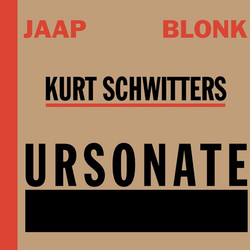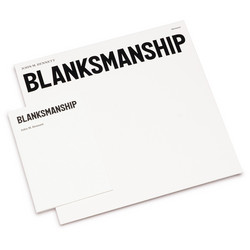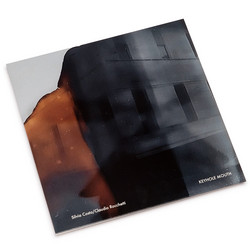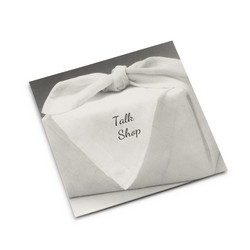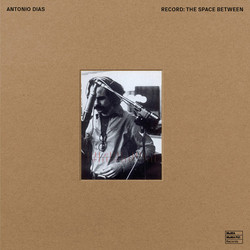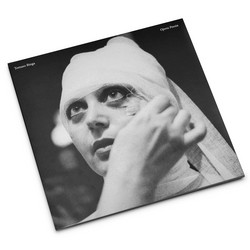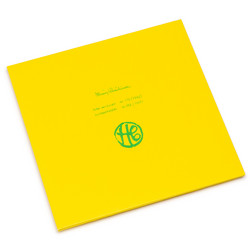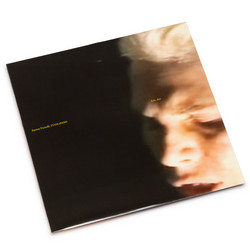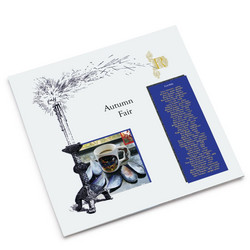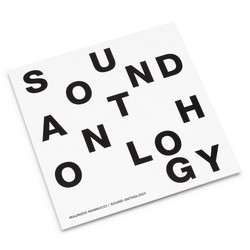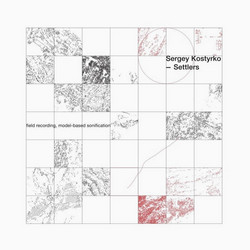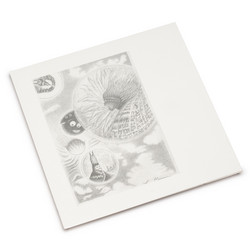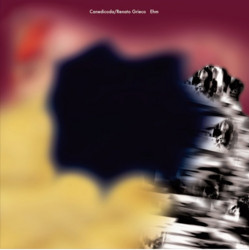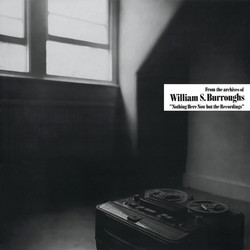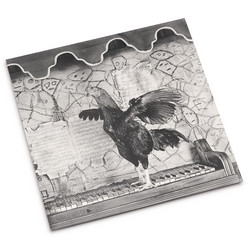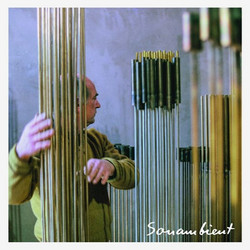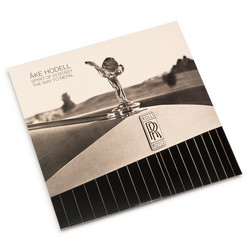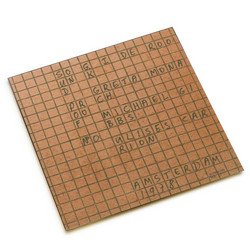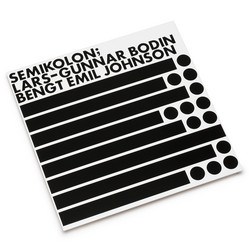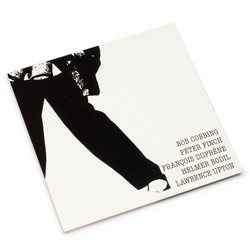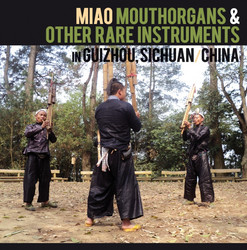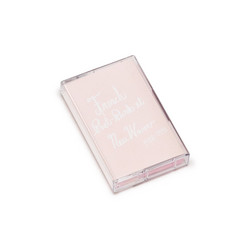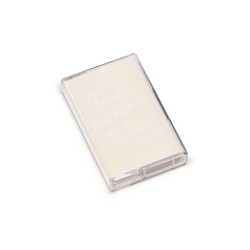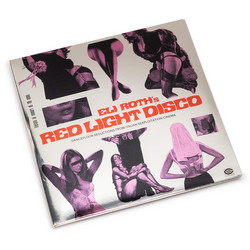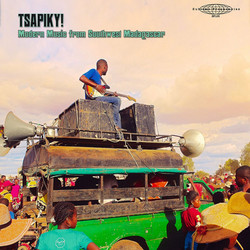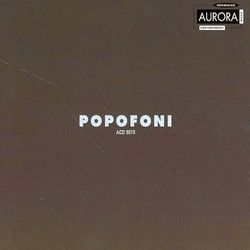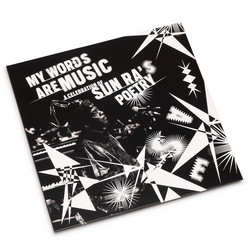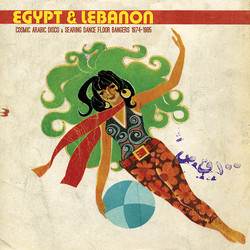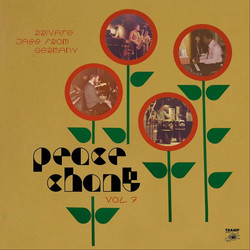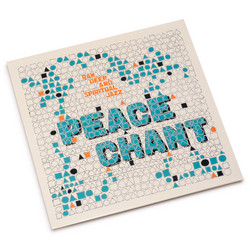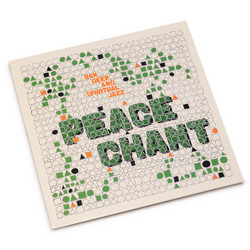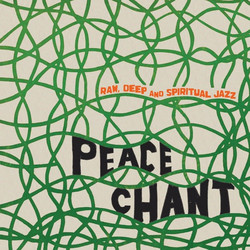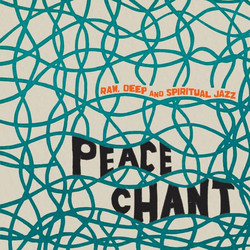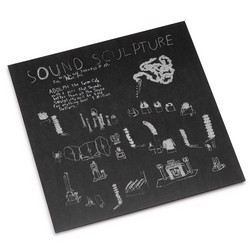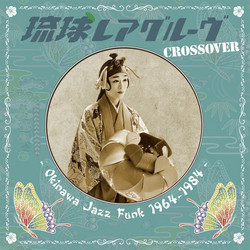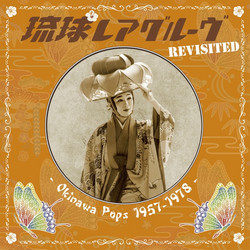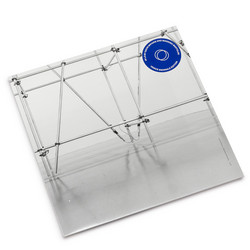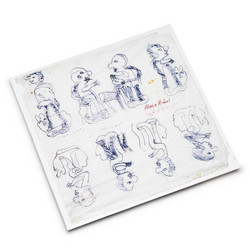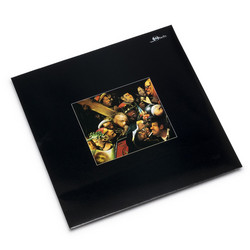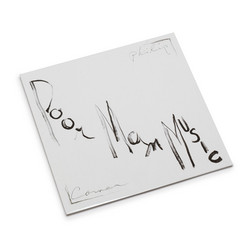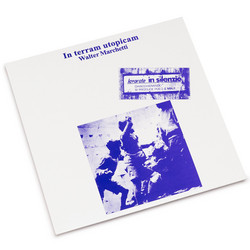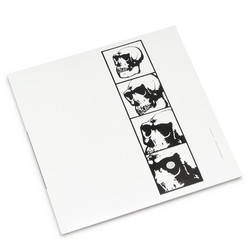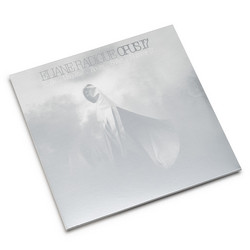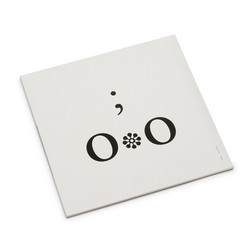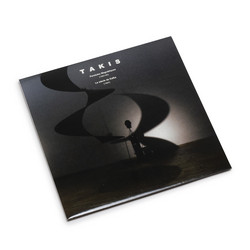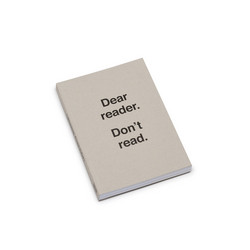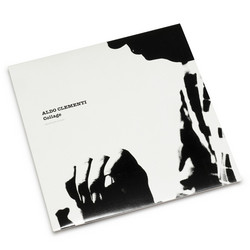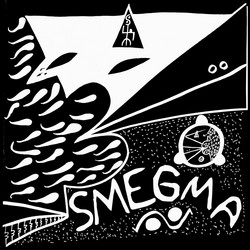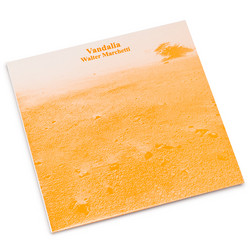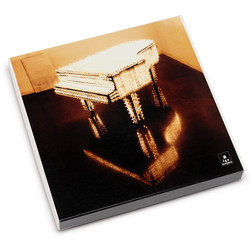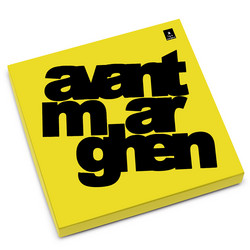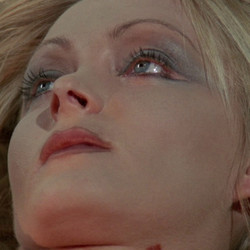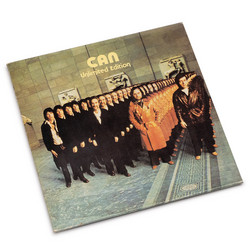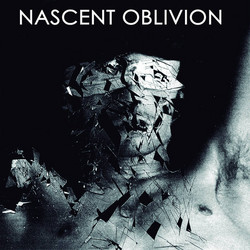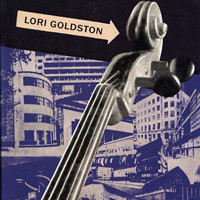Various
Avant Marghen Vol. 3 (7LP Box)
Third volume in the Avant Marghen boxset series, numbered edition of 80 copies. "This luxury boxset actually includes a new picture disc edition of Revue OU anthology plus an Henri Chopin LP and the Ben Patterson LP.
1) VA Revue OU. Record 1 picture LP. Original pre-released of 80 copies on picture disc with different graphics, never offered before. First of a set of 5 picture discs reproducing the integral recordings of the journal OU edited by Henri Chopin from 1958 to 1974.
2) VA: Revue OU. Record 2 picture LP. Original pre-released of 80 copies on picture disc with different graphics, never offered before. Second of a set of 5 picture discs reproducing the integral recordings of the journal OU edited by Henri Chopin from 1958 to 1974.
3) VA: Revue OU. Record 3 picture LP. Original pre-released of 80 copies on picture disc with different graphics, never offered before. Third of a set of 5 picture discs reproducing the integral recordings of the journal OU edited by Henri Chopin from 1958 to 1974.
4) VA: Revue OU. Record 4 picture LP. Original pre-released of 80 copies on picture disc with different graphics, never offered before. Forth of a set of 5 picture discs reproducing the integral recordings of the journal OU edited by Henri Chopin from 1958 to 1974.
5) VVAA Revue OU. Record 5 picture LP. Original pre-released of 80 copies on picture disc with different graphics, never offered before. Fifth of a set of 5 picture discs reproducing the integral recordings of the journal OU edited by Henri Chopin from1958 to 1974.
6) Henri Chopin The Body Is A Sound Factory & Co. LP (16VocSon046). Edition of 80 copies with new labels. Originally issued in an edition of 300 copies, only available with the vinyl edition of the Revue OU LP anthology. This LP includes previously unreleased audiopoems dating from 1965 to 1981.
7) Ben Patterson A Fluxus Elegy LP. First 80 copies from the original 345 copies edition issued in 2006. This Ben Patterson composition, issued on is based on the basic principles of the polyphonic music of the Bantu tribes of West and Central Africa. First principle: the practice of interlocking individual pitches or tones performed by one person into spaces between other pitches or tones performed by another person, thus alternating pitches or tones of one part with those of another part to create a whole. Second principle: use of cyclical and open-ended forms involving one or more ostinato melodic/rhythmic pattern as a foundation. Third principle: community participation... non-specialists are encouraged to join in long performances with much repetition. Fourth principle: rhythmic complexity with the juxtaposition of double and triple patterns, multiple layering of different patterns, and interaction between a core foundation and improvised parts. And, most important, the family 'ownership' of a specific tone: in the musical culture of these tribes, each ancestral family 'owns' and is responsible for one or more specific tones, which must be sounded at specific points, sequencing with the many other specific tones 'owned' by other families, to create a seamless melody. Ben Patterson made a music based on this information by taking the initials of artists listed in Fluxus: The Most Radical and Experimental Art Movement of the Sixties and encoding them in basic International Morse Code. These 'dots and dashes' were then performed on a Yamaha DJX keyboard (voice pattern setting), connected to a Digitech JamMan Looper (over-dub setting), connected to an Eurorack MX 602A mixer. Front cover reproducing the original score."
